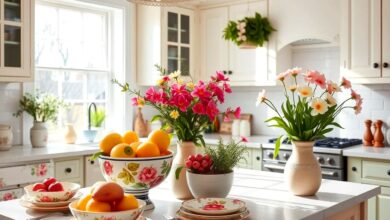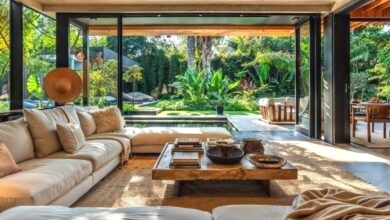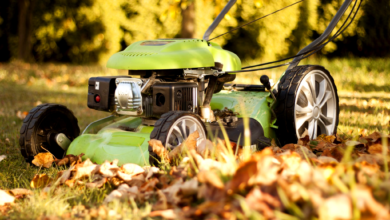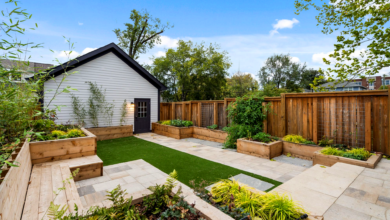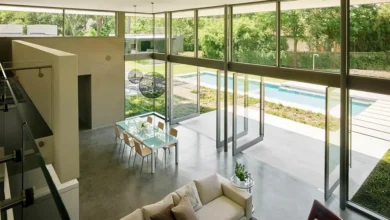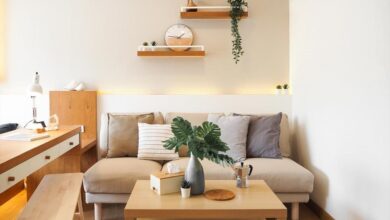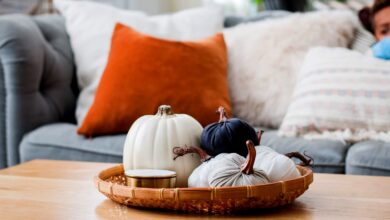How to Create a Pollinator-Friendly Garden
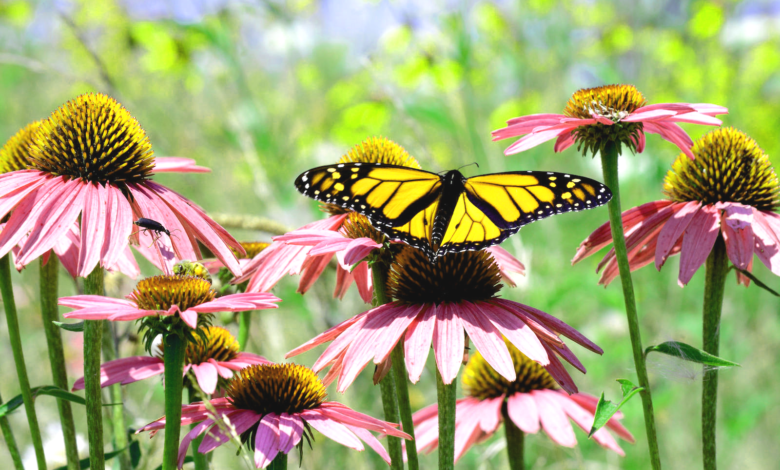
A beautiful garden may do more than just provide curb appeal to your property. It may help local species flourish, particularly bees, butterflies, and birds, by providing a home and all of the food and water they need
Warehouse Operator Job in Ireland with Visa Sponsorship 2024 – Apply Online
Pollinator-Friendly Garden
If you arrange your garden around species that will help your local pollinator population, you’ll be able to enjoy not just beautiful flowers and plants, but also watch the animals enjoy them.
Be Cautious About Pesticides and Herbicides
You should exercise caution when selecting plants since many are prepared with neonicotinoids, a pesticide that may kill not just pests but also butterflies, bees, and other beneficial insects, according to Zolene Quindoy, chief gardener at online landscape design business Yardzen. These may also be added to seeds, so double-check them before planting to guarantee your garden is pollinator-friendly. If the plants you’re interested in aren’t indicated, inquire before purchasing.
Read More : 8 Types of Wildflowers to Plant in Your Garden
When addressing a pest problem, be cautious. “Use treatments with a narrow scope ideally affecting only the pest species,” explains Quindoy. Also, avoid applying weed-killing pesticides since they often harm plants that pollinators rely on.
Rethink Your Lawn
That stretch of emerald green grass does nothing for your pollinator friends.”Lawns offer virtually no habitat value, and their maintenance contributes to air and water pollution,”Quindoy argues. “It’s okay to hang on to a little lawn where there’s a functional need for it, but replacing your lawn with a native-rich planting design will offer far more value to your local ecosystem.”Consider innovative alternatives to your lawn to provide a wider range of plant life for pollinators.
Try to go longer between mowings to allow for growth that may sustain animals, particularly in early spring, and don’t be too hasty to eradicate weeds. “Dandelions can be an important early-season nectar source for bees, as they often begin blooming before other flowers are available,” explains Quindoy.
Focus on Native Plants
Using native plants in your landscape gives the same sorts of plants and blooms that local wildlife consumes and nests in, so you’ll give them everything they need to flourish. “The majority of birds and insects require native species to get the resources they need to survive.” Quindoy lists sagebrush, goldenrod, and sunflowers as key habitat plants, but you can use the National Wildlife Foundation’s Native Plant Finder to find plants in your zip code, or the Xerces Society’s detailed regional guides to find pollinator-friendly plants, including bloom time, flower colour, and water requirements.
Don’t worry about removing non-native plants that you currently have; they may still be beneficial. “You don’t have to use native plants exclusively, but the more you use, the more you’ll support your ecosystem,” explains Quindoy. If you’re looking for non-native plants, choose ones from a comparable environment so they may grow without requiring special care, such as plenty of water.
Choose a Variety of Plants
To help pollinators flourish, you will need more than just flowers. “It’s important to provide food and shelter for their youngsters as well,” explains Quindoy. Plants with leaves and soft plant tissues may provide food and shelter for caterpillars, and some bees spend the winter in twigs.
Ground cover plants, particularly those grown under trees, offer an ideal habitat for caterpillars. And the trees themselves are necessary. “Trees offer tons of benefits to local ecosystems, particularly keystone species like oaks, willows, and species from the Prunus genus like native plums and cherries,” explains Quindoy. “They provide food, nesting sites, and resting spots for migrating species.”
Also, consider plants that bloom at various times of the year to not only keep your environment looking beautiful, but also to offer food for pollinators throughout the season.
Research What Your Target Audience Wants
If you want to create a bee-friendly feast or attract more butterflies to your garden, you may choose plants that expressly target your desired guests. “Plants like Russian sage and lavender appeal to generalist pollinators, but the majority of birds and insects require native species to get the resources they need to survive.”
Quindoy recommends looking for big, flat-topped blooms or flower clusters that will create a perfect landing zone for pollinators, as well as colours and flowers that are especially appealing to them.
For Butterflies
Colors: Red, yellow, orange, pink, and purple
Flowers and plants: Zinnia, arrow, lantana, bee balm, dill, fennel, and Milkweed
For Bees
Colors: Purple, yellow, and orange
Flowers and plants: Lavender, coneflower, asters, borage, foxglove, black-eyed Susan, and lupine
For Hummingbirds
Colors: Red, orange, pink, and yellow
Flowers and plants: Salvia, petunias, columbine, daylily, lantana, and fuchsia
Add a Water Feature
Adding a wildlife-friendly water feature to your yard can transform it into a pollinator utopia. “Water is even more critical to their survival than food sources,” adds Quindoy. While a basic birdbath can suffice, a shallow, rock-bottomed water feature that is low to the ground and recirculates the water will prevent stagnation (and provide a breeding ground for mosquitos). “Boulder bubblers and micro-ponds are cost-effective and easy to construct, and can be a real boon to wildlife.”
Read More : Will analysis essays ever rule the world?
Leave the Dead Leaves
Don’t be too diligent about raking off every dead leaf or fallen limb in your backyard in the autumn or spring, since many pollinators, including bees, make their home there. When pruning back perennials, aim to leave at least 12 inches of the plant to allow pollinators to hang around.
If you insist on having a spotless yard, Quindoy suggests hiding a small bundle of plant trimmings and leaves to act as bee habitat.


